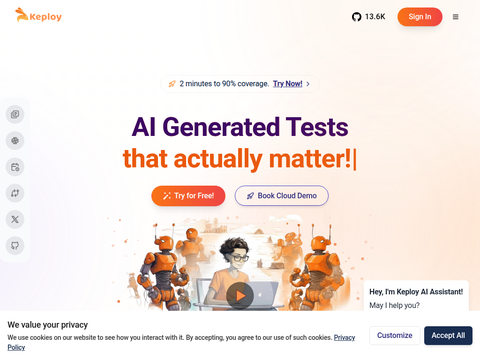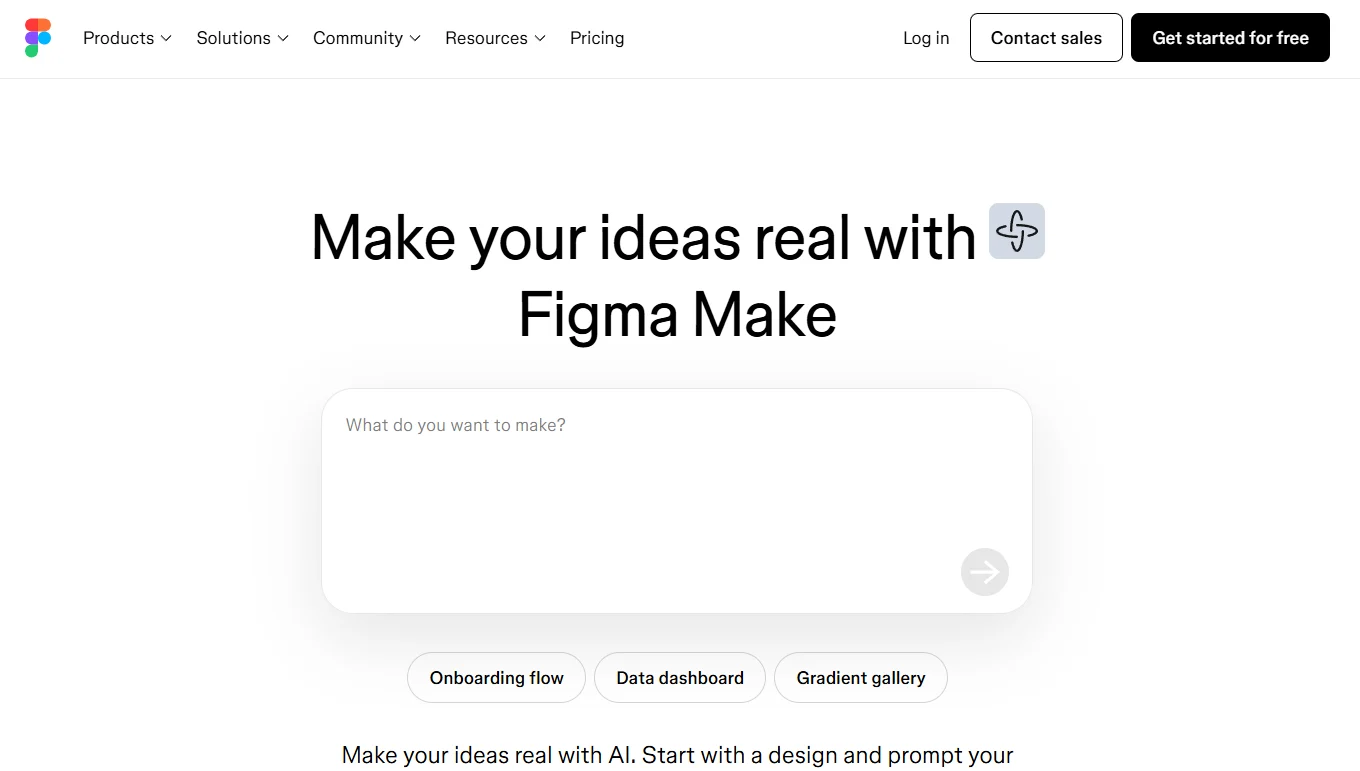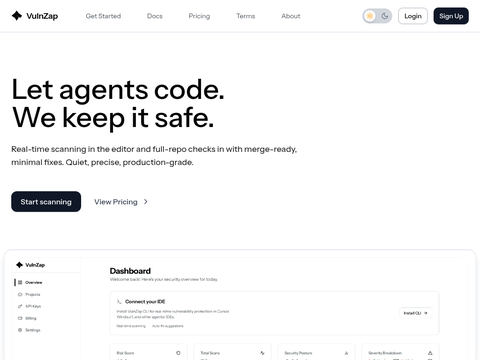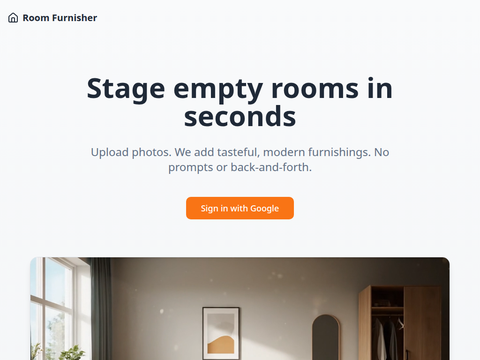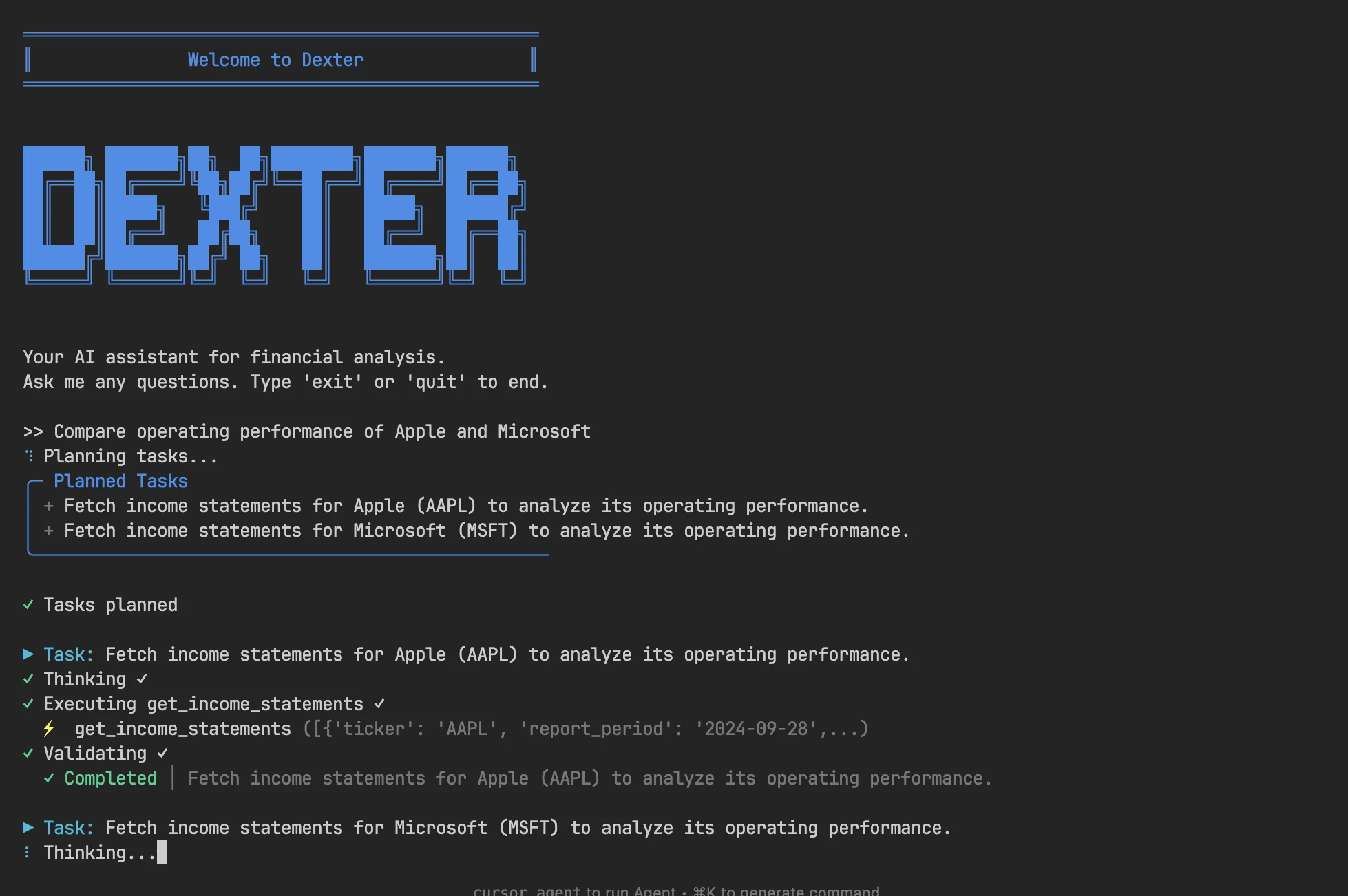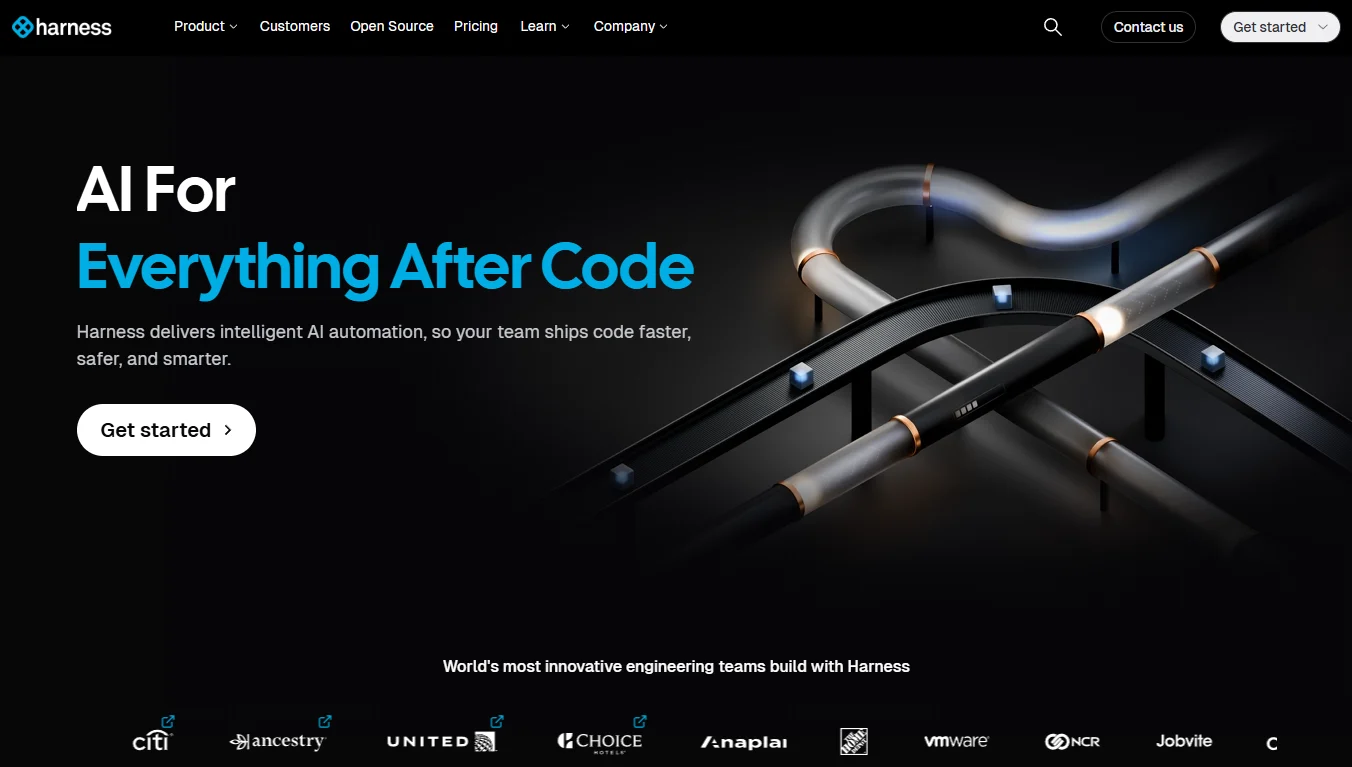This new design is set to roll out later this year with Android 16 and Wear OS 6, initially available on Google's own Pixel devices.
The design language introduces a broader color palette, incorporating bold hues such as purple, pink, and coral to inject vitality into the interface. It extends dynamic color theming by drawing inspiration from personal elements like wallpapers to create a unified system-wide palette. This theme is now more deeply integrated into Google’s ecosystem, with apps like Gmail, Google Photos, and Fitbit adopting the updated visual framework for a consistent and personalized user experience. Even elevation, traditionally represented by shadows, now uses tonal overlays, creating a more refined and integrated way to depict depth.
"Through 46 independent studies involving hundreds of designs and over 18,000 participants globally, we’ve fine-tuned a system that is both visually appealing and highly usable," Google noted in a previous blog post.
Significant changes have also been made to typography. Google has adopted variable fonts like Roboto Flex and Roboto Serif, offering a wide range of weights and styles that seamlessly adapt to different screen sizes and devices.
The design overhaul also brings functional enhancements such as customizable app icons, adaptive layouts, and finely adjustable and rearrangeable quick settings tiles. Specifically, the quick settings panel has been redesigned to offer more flexibility, allowing users to prioritize their most frequently used actions, like "Do Not Disturb" or "Flashlight."
Notifications have been improved to highlight important updates more prominently. Additionally, a standout feature called "Live Updates" ensures real-time, at-a-glance progress notifications—like tracking Uber Eats deliveries—remain front and center without getting buried. Even animations in Material 3 Expressive are not merely decorative; they are designed to guide users smoothly through transitions and interactions. The design also focuses on responsive haptics and motion, ensuring user interactions feel natural and effortless.
For Wear OS 6, Material 3 Expressive has been specifically tailored to address the significant constraints and functionalities of circular displays. For instance, scrolling interactions now follow the natural curvature of the screen, with responsive animations creating an illusion of depth. Interestingly, the tech giant also claims a battery efficiency improvement of up to 10% due to deeper optimization of the interface and core system functions.
However, despite all these advancements, concerns remain about certain key limitations of Material 3 Expressive. For example, some advanced features like dynamic color themes and responsive animations may not perform optimally on older devices. Additionally, the visually rich interface could impact battery life.

